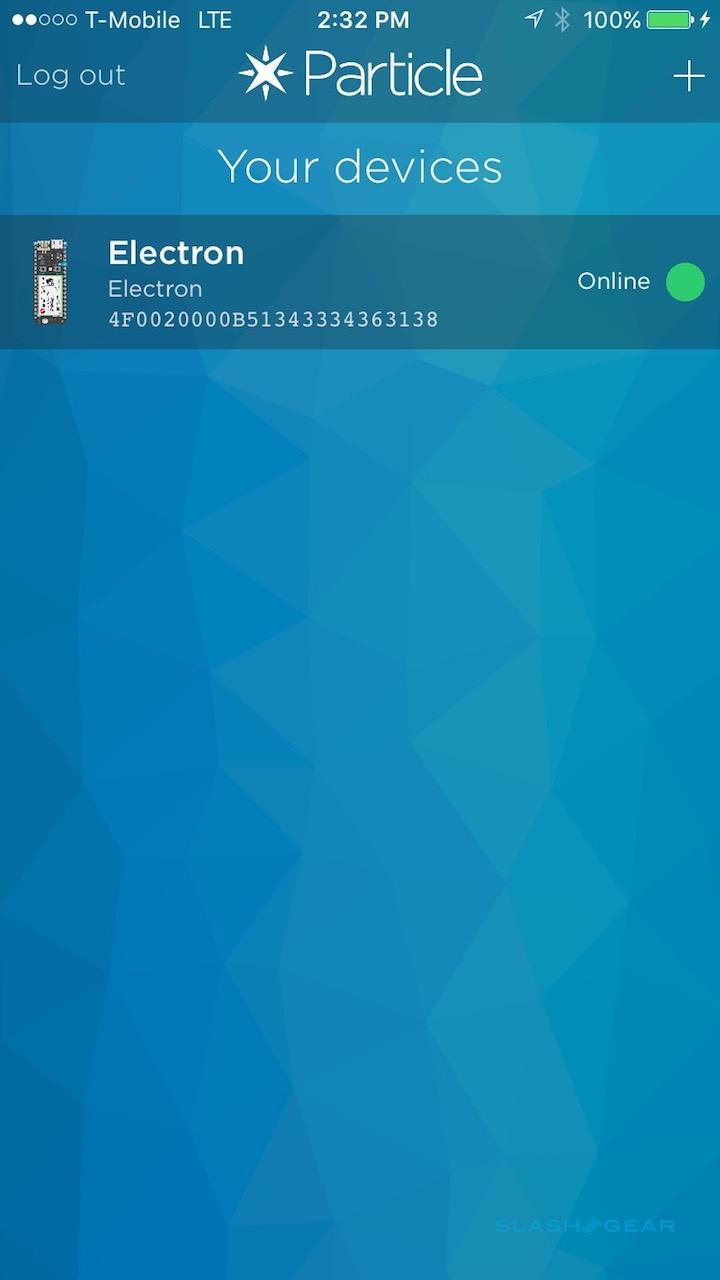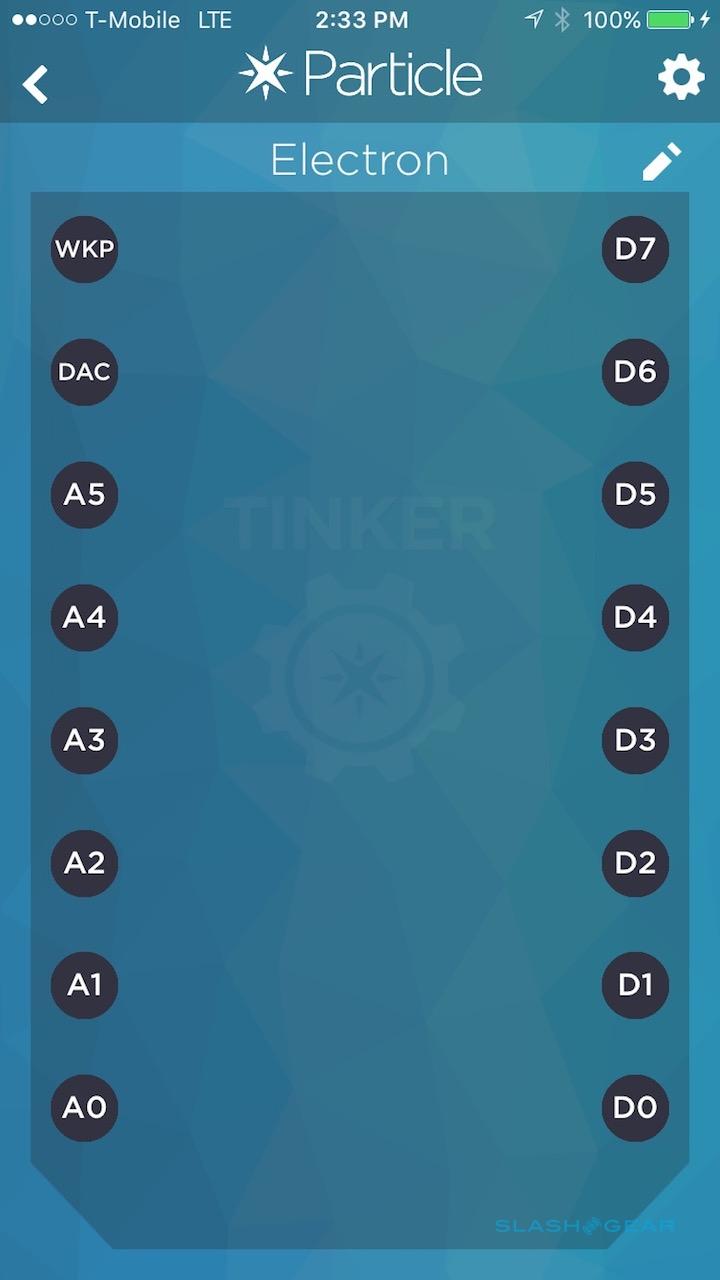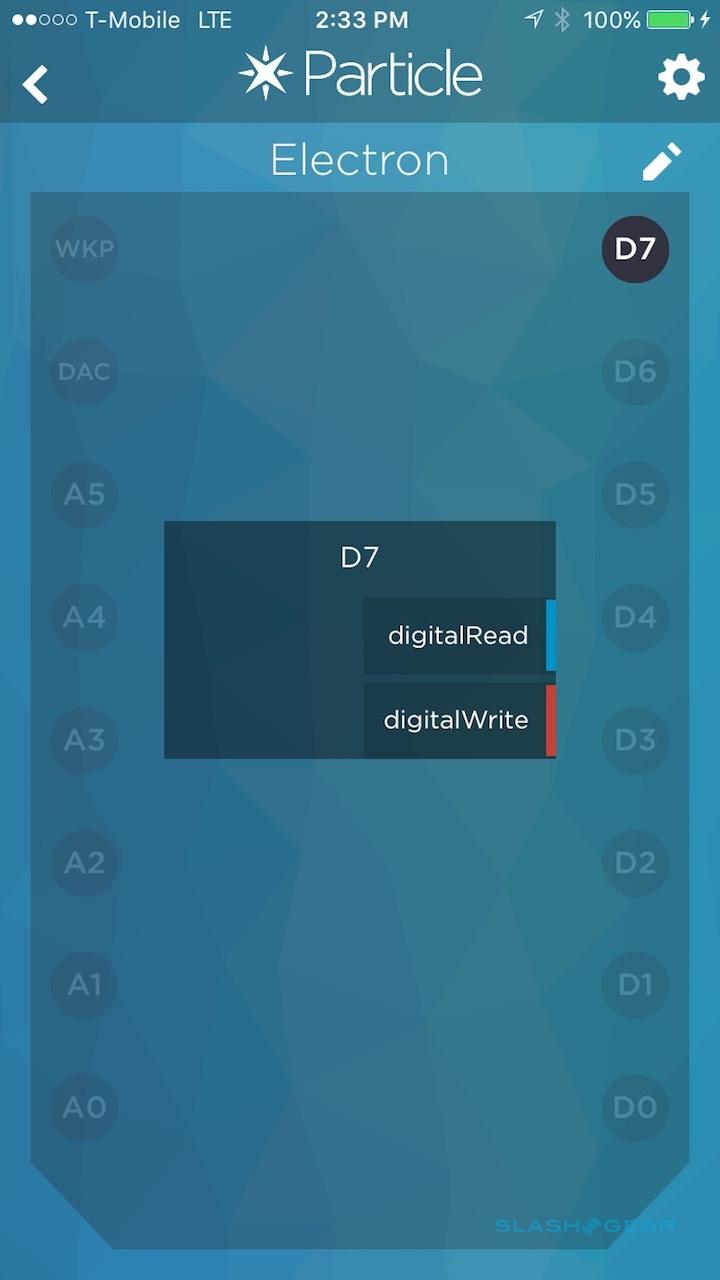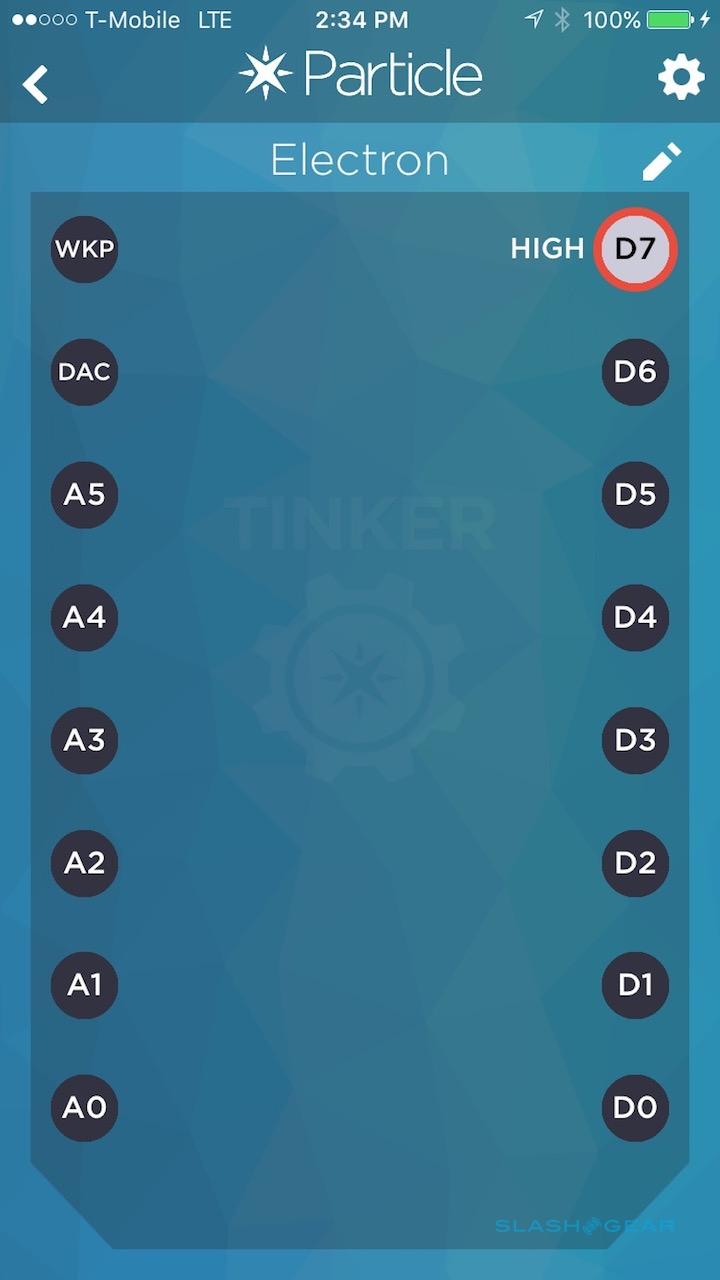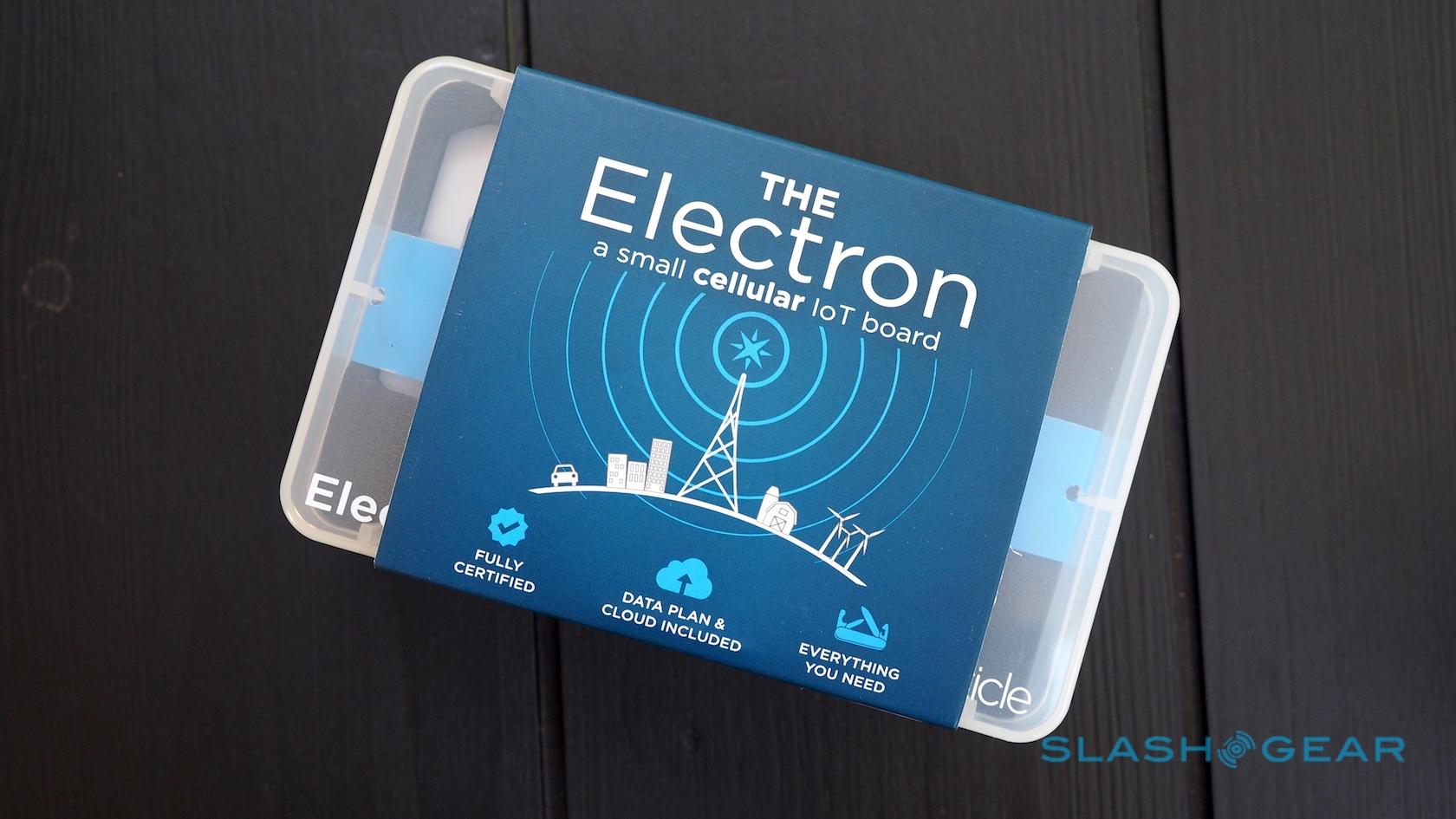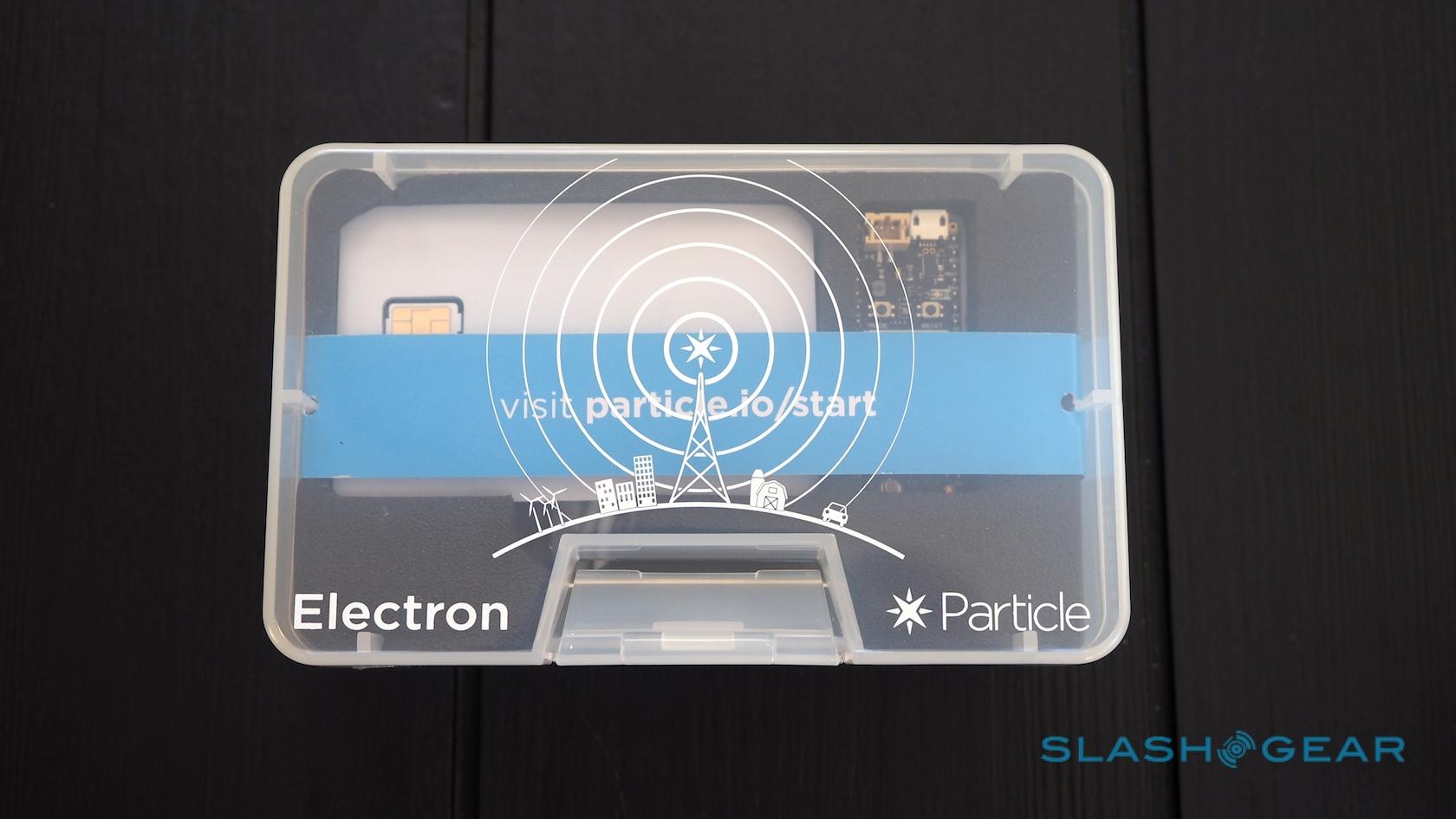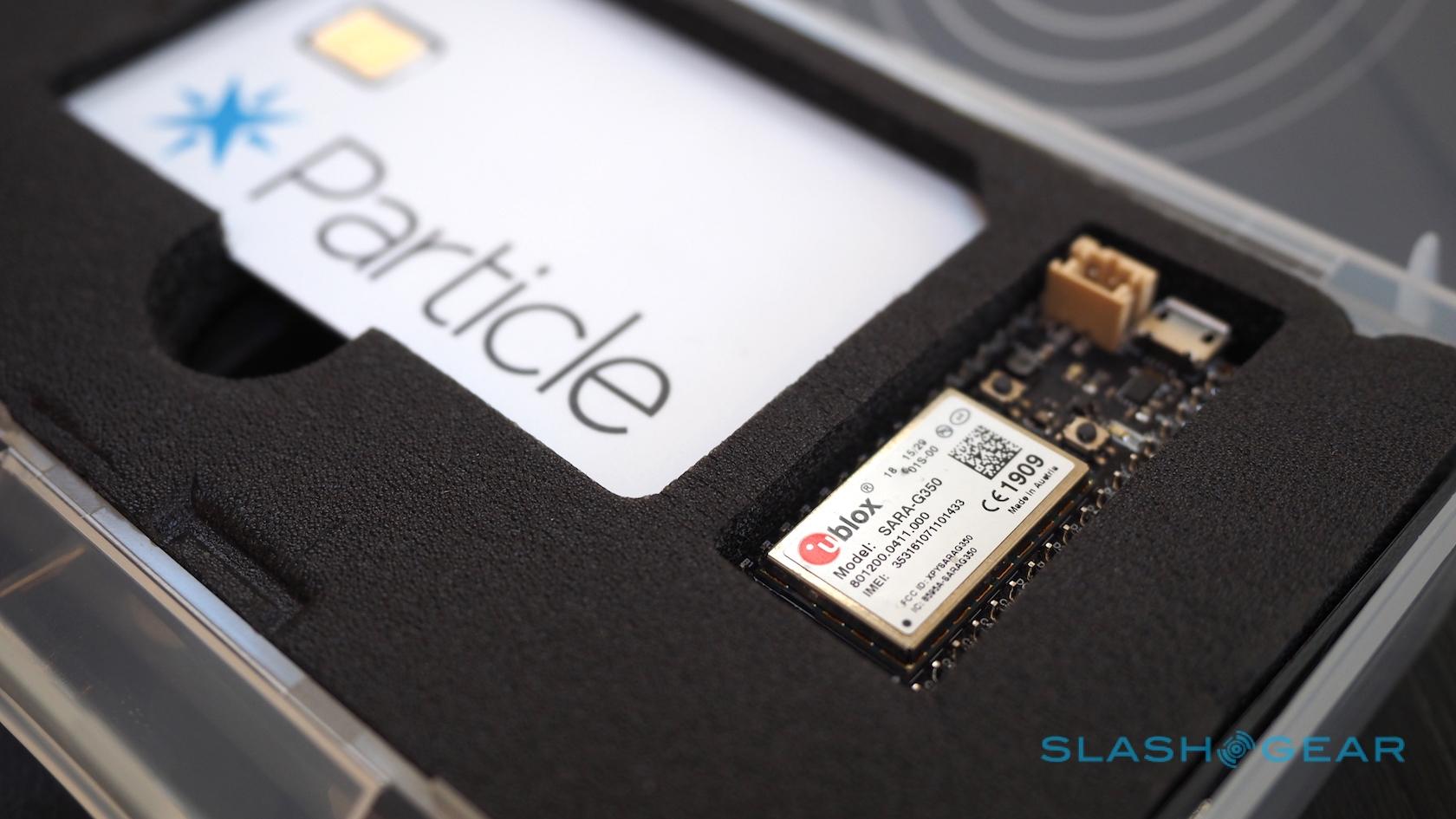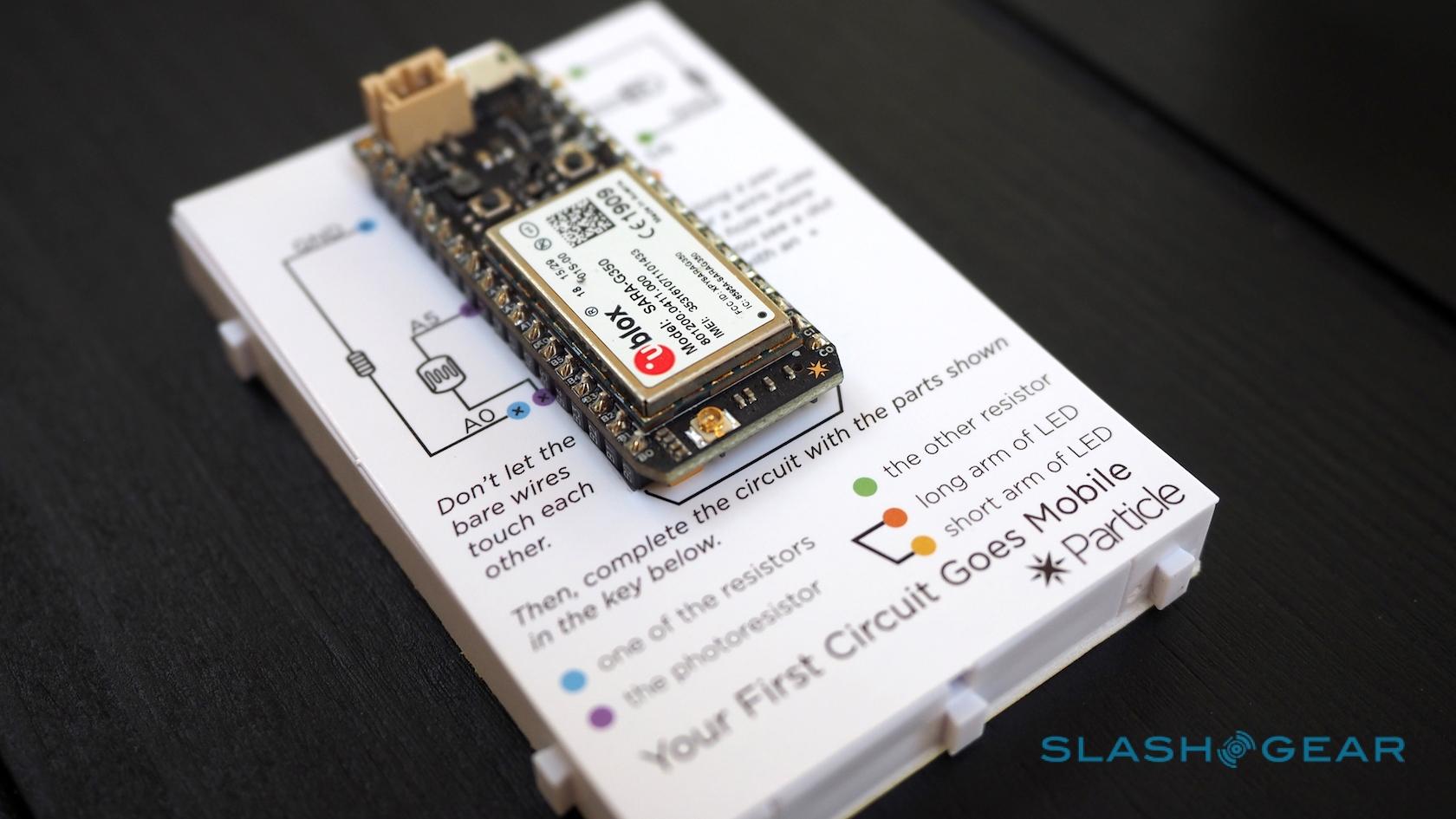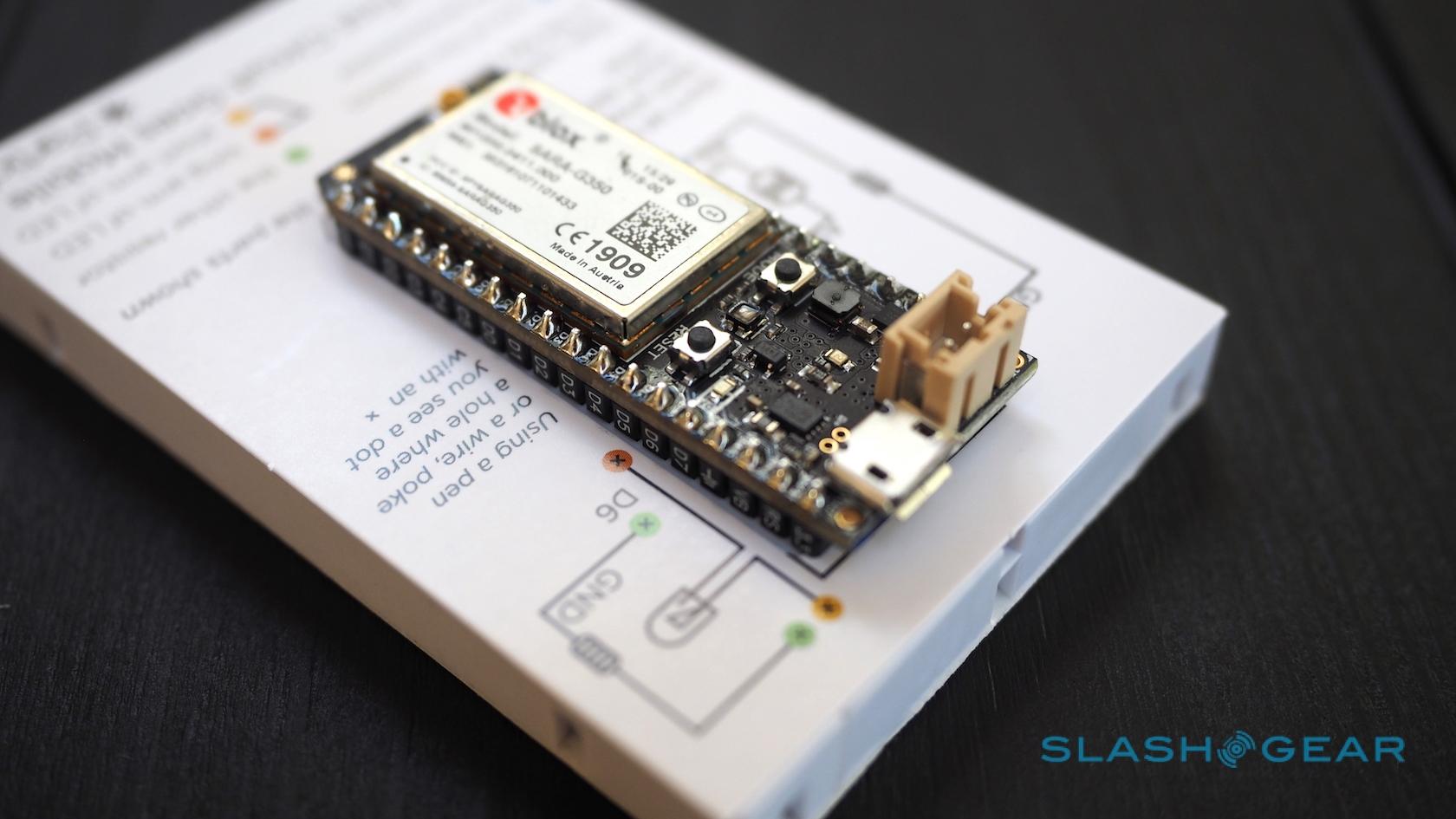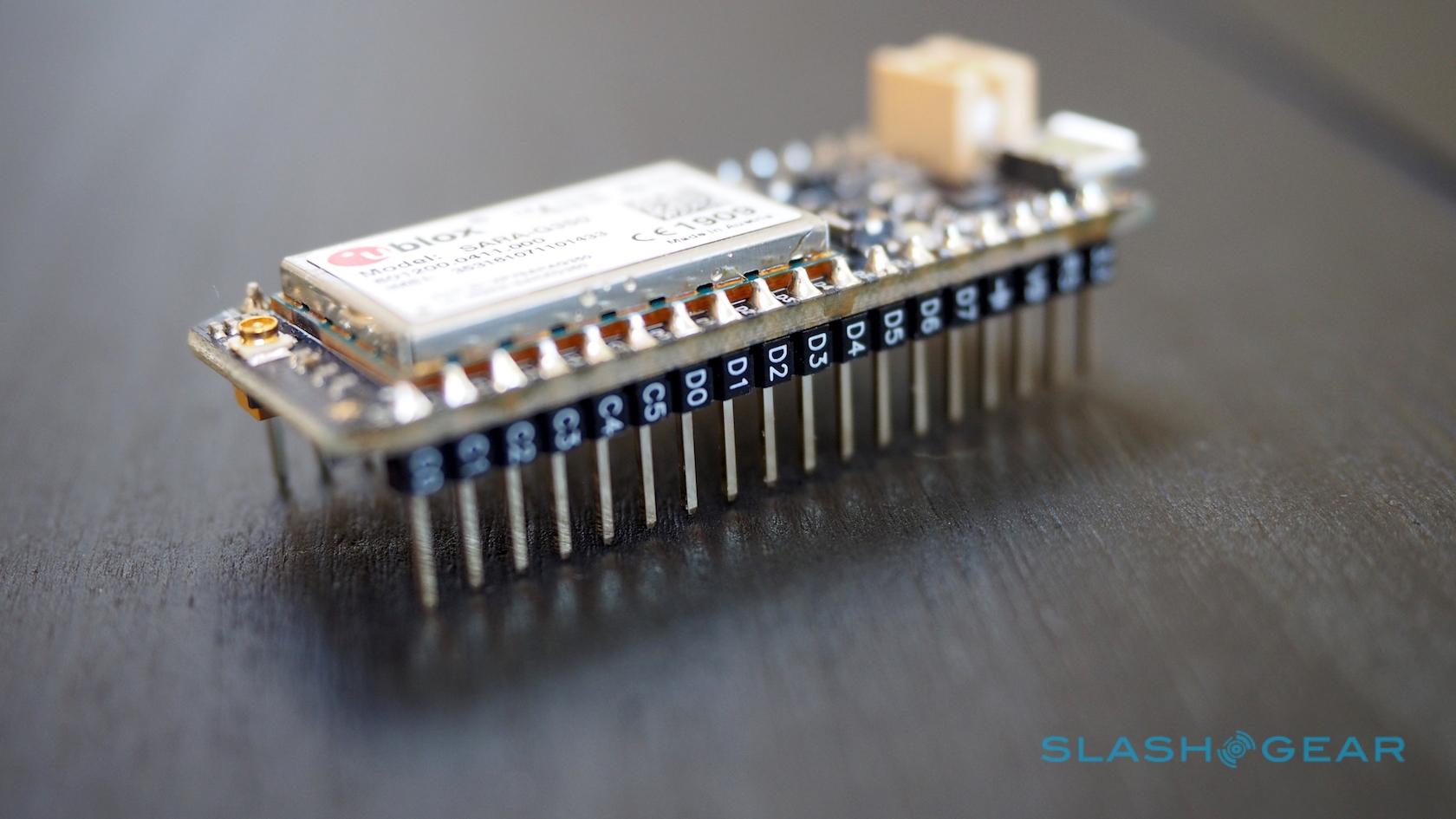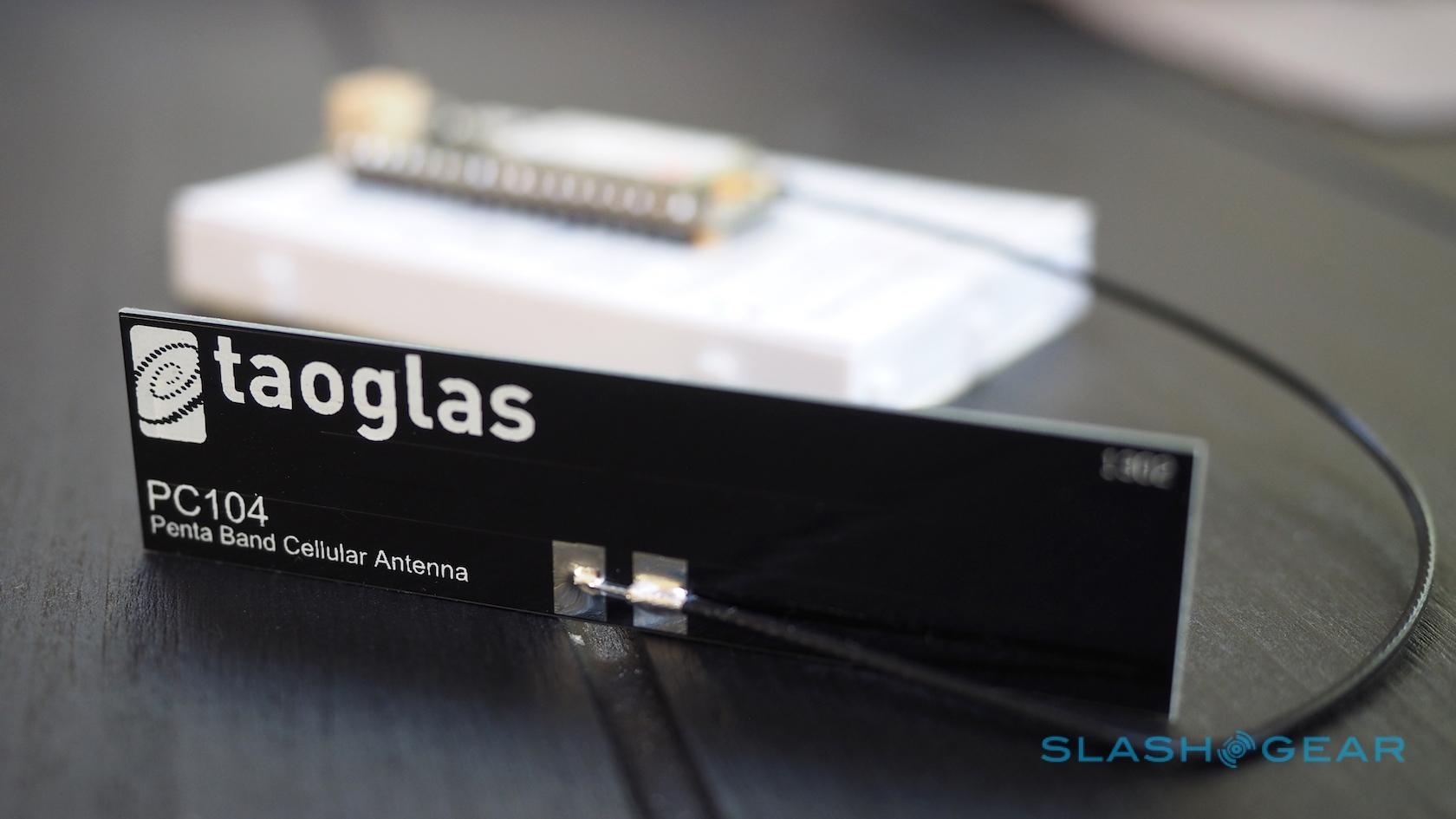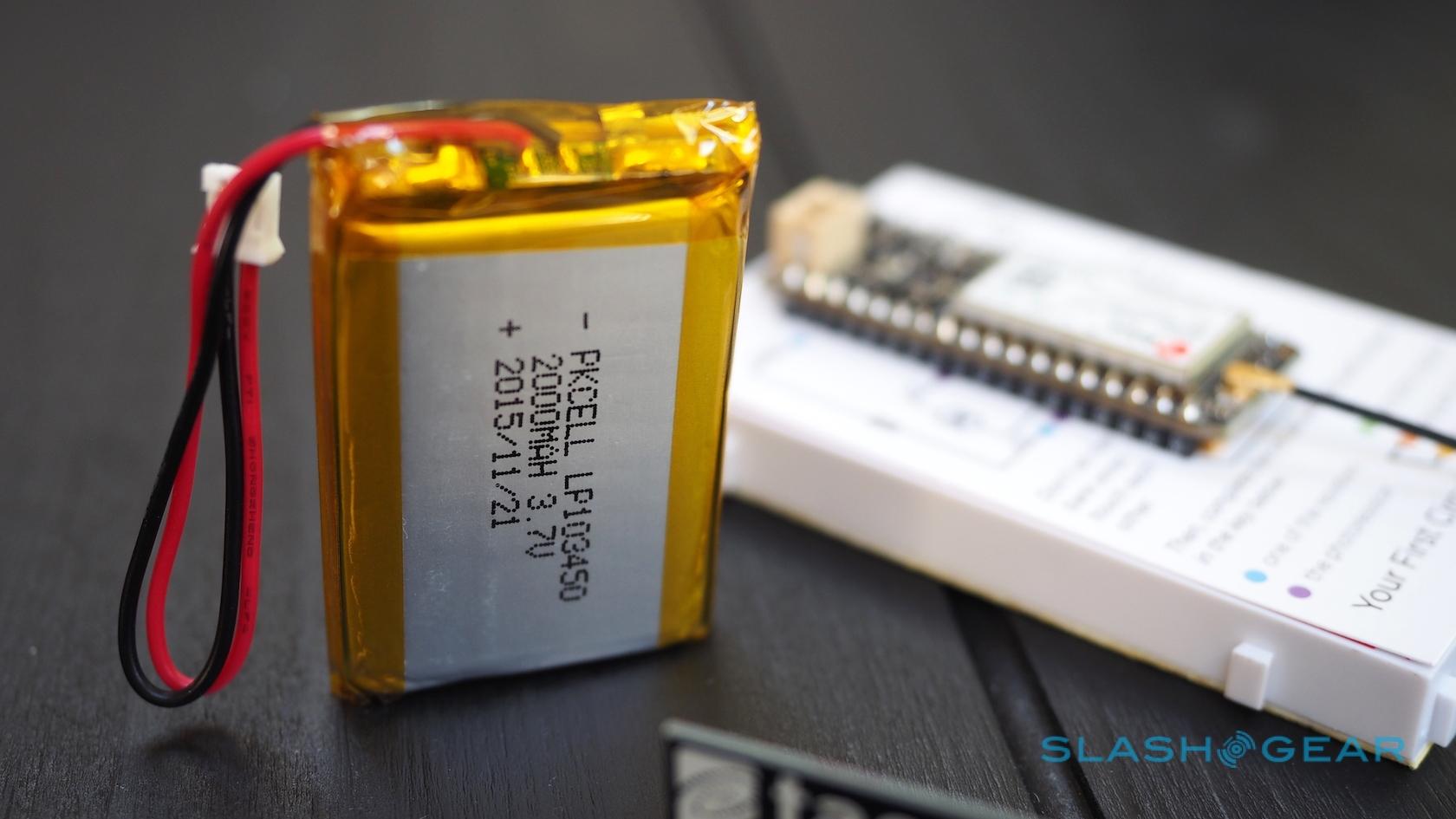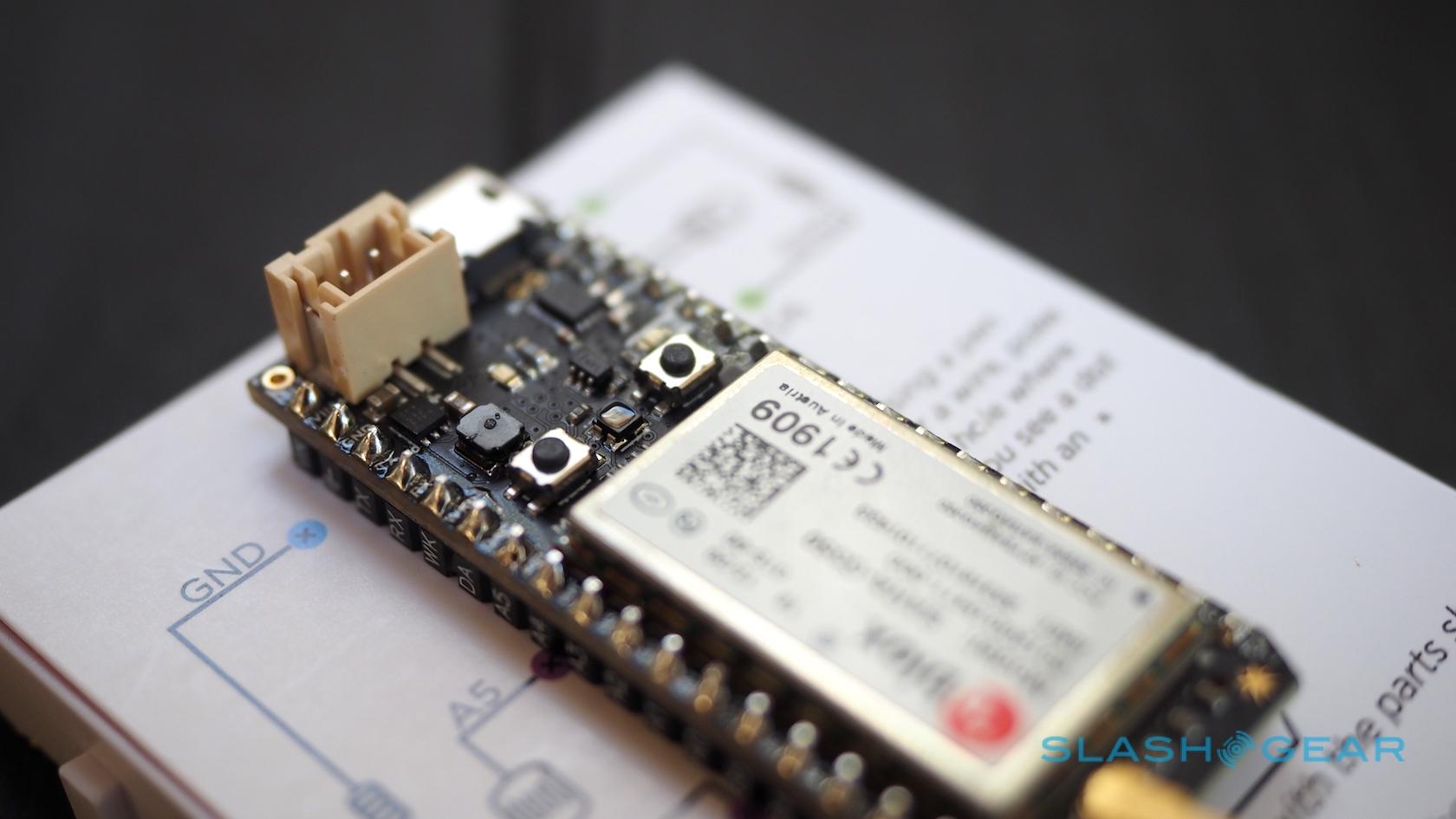Saving the IoT from WiFi with Particle's Electron
The Internet of Things might seem pretty ubiquitous at this point, but there are still headaches in getting things connected. Most internet-linked devices rely on WiFi, and though that's common in homes and increasingly in offices (though the latter might be ruled by a draconian IT department), out in the wild it can be harder to find consistently.
Particle – formerly Spark IO – is trying to bridge that gap, and it's doing that by making cellular radios more accessible. Shipping today is its 2015 Kickstarter, Electron, a simple and highly-customizable development chip for the IoT.
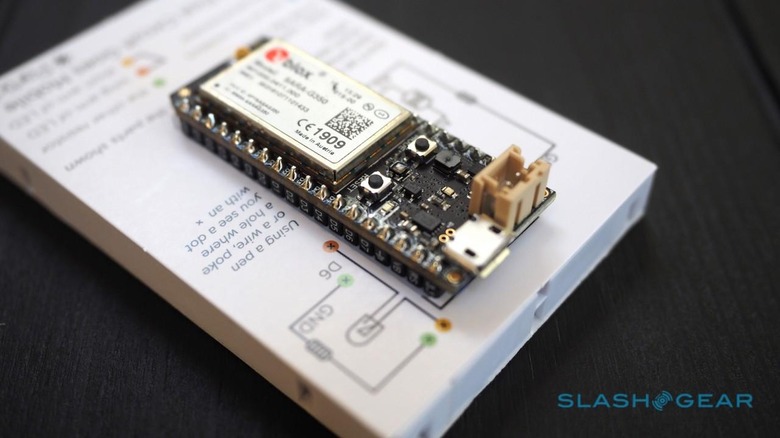
Electron sits alongside Particle's existing Photon board, which offers WiFi, rather than replacing it. Slightly larger – since cellular radios take up more space – and a little more expensive than the $19 Photon, it switches out WiFi for either 2G or 3G ($39 or $59 respectively) and the ability to get online across the world courtesy of some expansive roaming agreements.
Although cellular devices are invariably more complex, there's a need for them, Particle CEO Zach Supalla explained to me. "We saw people building things that really should be cellular," he says of Photon, but when asked they were told that the hassles of certification, the confusion of getting a data plan suited to the needs of the IoT, and the vagaries of cellular radio compatibility were all proving to be deal-breakers.
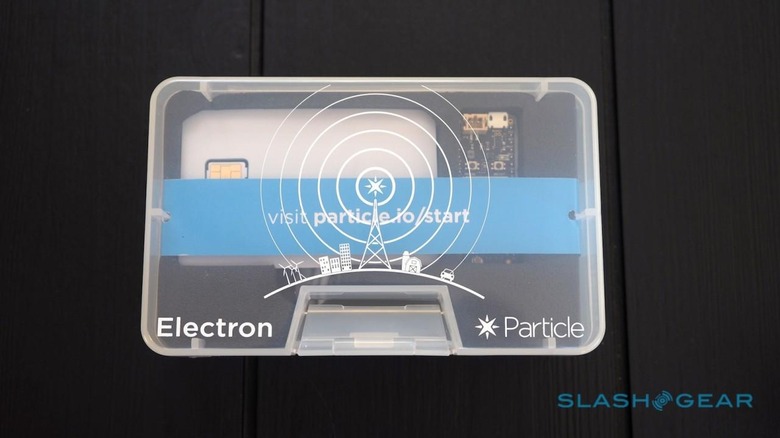
Electron addresses those complaints in a few straightforward ways. For a start, it uses the same code as Photon does, created in a browser-based management console and from there easily distributed to one or thousands of SoCs, depending how many you have in your flock.
Then there's the data plan, which sees Particle set up shop as an MVNO. In the US, that's courtesy of deals with AT&T and T-Mobile, but there are partners around the world and Electron will simply roam wherever it's activated. Plans have no minimum contract, can be activated and deactivated at will, and cost roughly the same no matter where you go: most commonly, $2.99 a month for 1MB – which, in the frugal IoT, means approximately 20,000 messages per month – and $0.99 per additional MB.
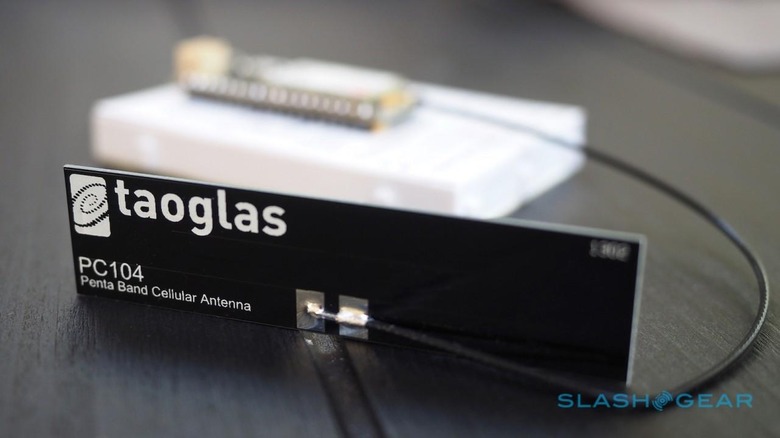
Finally, but potentially most disruptively, the cellular radios are fully certified by the FCC and other similar agencies. That means you could build something, drop an Electron in to get it online, and bypass the long, complex, and expensive certification process traditionally needed before you could put it up for sale or deploy it in the real-world.
That needn't just be new projects, Supalla pointed out to me. One of the more popular uses for the Photon, it turns out, is getting old hardware hooked up: monitoring expensive legacy machinery to predict repair needs, for instance.
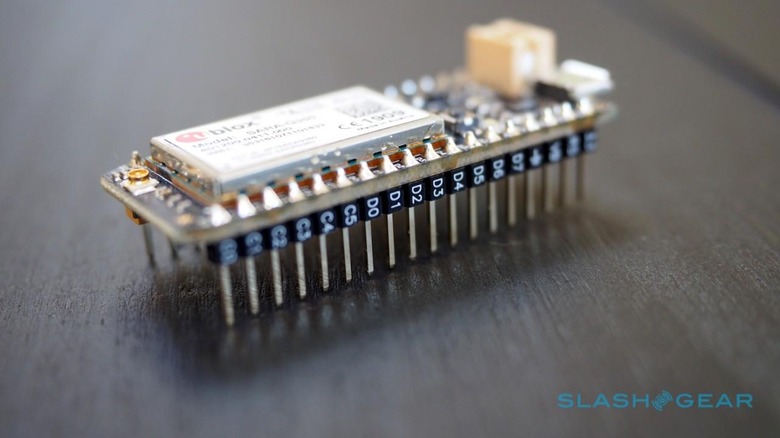
Electron, with its cellular connectivity, builds on that by breaking the WiFi requirement. It has an ARM Cortex M3 processor, 1MB of flash, and 128K of RAM, and squeezes 28 GPIOs (D0-D13, A0-A13), plus TX/RX, 2 GNDs, VIN, VBAT, WKP, 3V3, and RST onto a 2-inch by 0.8-inch board.
In the 2G development kit Particle provided, the SoC itself was accompanied by a breadboard, a cellular antenna with sticky backing, a microUSB cable, a battery – which Supalla says could last for weeks or even months with typical power management, and that could feasibly be topped up continuously with a small solar panel – and a few components for testing out a simple circuit.
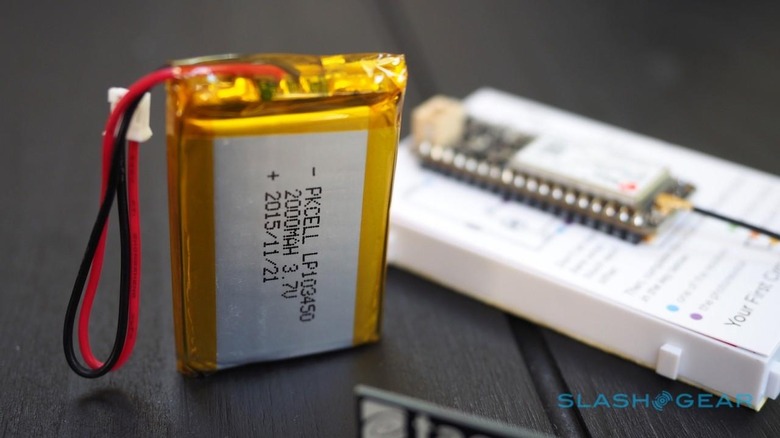
If that's not enough for you, Particle also sells a variety of "shields" which add more compatibility or functionality. Most popular is likely to be the $20 Shield Shield, which allows Electron to be used with Arduino shields too, but there's a GPS adapter as well plus relay shields that allow the tiny computer to switch much bigger things on and off.
Although Supalla is clearly hoping that big businesses see Electron as an easy upgrade for currently disconnected projects, that's not to say the average tinkerer is being overlooked. Individuals, after all, face the same certification headaches as businesses do; Electron, with its straightforward programming language and 2G/3G flexibility is an opportunity to hack together connected prototypes with minimal hassle and outlay – and, Supalla points out, potentially show take that prototype into work and win new, larger clients in the process.
To my continual shame I'm a programming novice, but Electron proved fairly straightforward to get started with. Setup is either through the browser or in Particle's smartphone app; that allows you to manage multiple Electron and Photon boards, as well as a library of code. You can access the pins virtually in a sandbox-style test environment, and flicker the LED built into the board itself.
The only issues I had, in fact, were ironically around connectivity. Where I live there's no T-Mobile service though AT&T phones will connect, but though Particle tells me the Electron should automatically choose the network with the strongest signal, I couldn't get the board online.
With no WiFi to act as backup, it's something to bear in mind for your project. 2G/3G networks are fairly pervasive, but they're not everywhere.
[Update: Particle tells me that with AT&T re-purposing their 2G network for faster connectivity, that likely explains why I couldn't get online. Their recommendation is that US users buy the (more expensive) 3G version of Electron so as to avoid the issue]
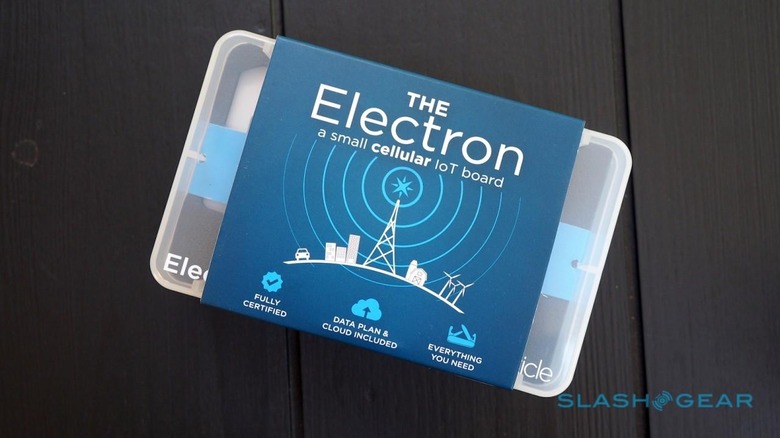
Ideal, then, might be a Particle board with both connectivity types included, though that would obviously increase price and physical size. Even so, that doesn't appear to have dissuaded interest in Electron: Particle raised almost $600k in a Kickstarter last May for the tiny computer, and is set to ship 10,000 or so to backers from today.
NOW READ: Nest Thermostat Review (2015)
The goal for 2016 is to ship 50,000, Supalla says, and which Particle is confident it can do.
If you've ever wanted to link your front door up to the cloud, or roll your own ODB-II dongle for your car, or track what's going on in your greenhouse, Electron may very well be the answer. It's up for preorder now, with those orders expected to ship from February 22; general sales kick off March 8th.
MORE Particle

